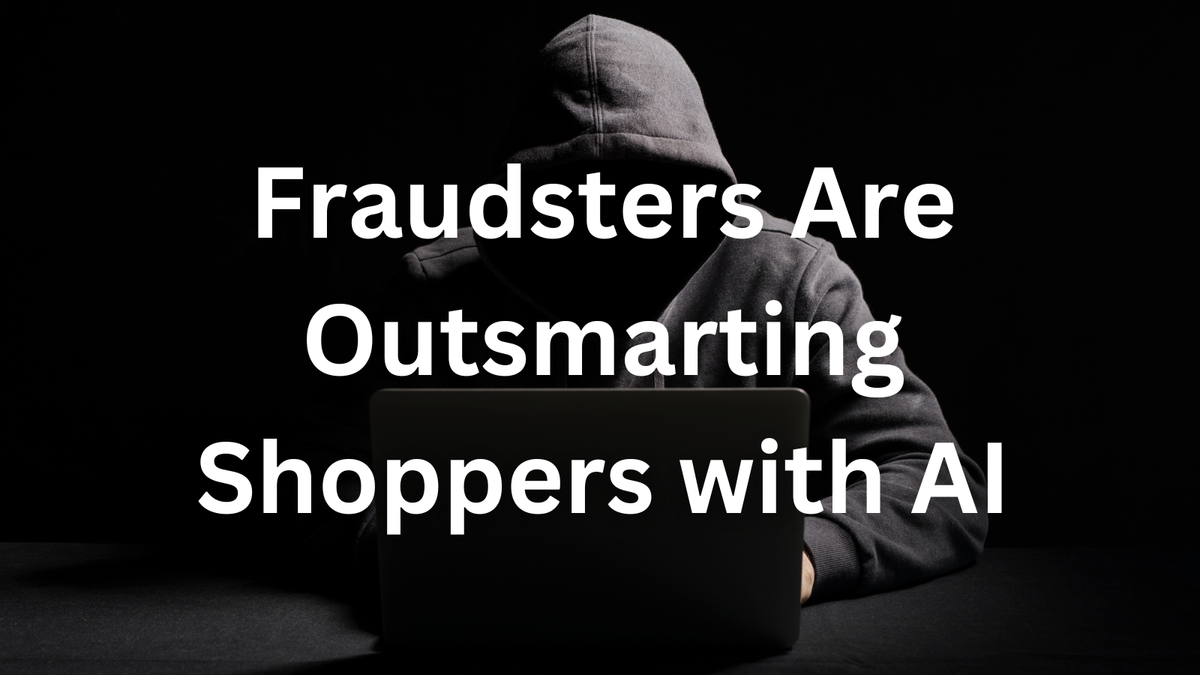Is Your Next Online Purchase a Scam? How Fraudsters Are Outsmarting Shoppers with AI

Shopping online just got riskier—and AI is to blame. Microsoft’s latest report reveals a chilling surge in AI-powered scams, with cybercriminals using generative tools to create fake websites, reviews, and even influencer videos. As fraudsters streamline their operations, consumers are left wondering: How can we fight back? Let’s dive in.
🤖 The AI Scam Epidemic: Speed, Scale, and Sophistication
Cybercrime has entered a dangerous new era. Here’s what’s driving the crisis:
- 🚀 500+ malicious domains taken down by Microsoft in 2023—many built in minutes using AI website kits.
- 🕵️ 1,500+ criminal groups tracked this year, up from 300 in 2022, per Microsoft Security VP Vasu Jakkal.
- 🎭 AI-generated realism: Fake product descriptions, images, and 5-star reviews mimic trusted brands flawlessly.
- 🌐 Domain impersonation: Scammers alter just one letter in URLs (e.g., “Amaz0n.net”) to trick users.
Why it’s escalating: Generative AI tools have democratized fraud, letting amateurs create professional-grade scams at industrial scale.
✅ Microsoft’s Counterattack: AI vs. AI
Microsoft is deploying machine learning to combat the very technology enabling these scams:
- 🔒 Edge Browser Protections: Real-time typo detection and domain impersonation alerts.
- 🤖 AI-Powered Blocking: Machine learning models predict and block malicious sites preemptively.
- 🛡️ Bot Warfare: Stopping 1.6 million fraudulent signup attempts every hour.
The catch: While Edge’s defenses are robust, its 4% browser market share limits impact. Scott Shackelford of Indiana University’s Center for Applied Cybersecurity Research argues: “We need industry-wide collaboration—not just solo efforts.”

🚧 The Uphill Battle: Why AI Scams Are Hard to Stop
Despite tech giants’ efforts, three major hurdles remain:
- ⚠️ Sheer Volume: With AI generating endless scam variants, detection systems play perpetual catch-up.
- 🎥 Deepfake Deception: AI-created “influencer” videos endorsing fake products erode consumer trust.
- 📉 Public Awareness Gap: 67% of shoppers can’t spot subtle URL typos, per FTC data.
🛒 4 Rules to Outsmart AI Scammers
While tech solutions evolve, your best defense is vigilance:
- Pause Before You Purchase: Scammers exploit FOMO with fake countdown timers. Breathe, then verify.
- URL Autopsy: Check for extra letters (.shop), hyphens (Walm-art), or swapped domains (.net instead of .com).
- Ditch Social Media Links: 80% of scam sites originate from Instagram/Facebook ads. Navigate manually.
- Review the Reviews: Spot AI-generated fakes by repetitive phrases like “game-changer” or “10/10 recommend.”
🔮 Final Thoughts: A Tug-of-War With No End in Sight
The AI scam arms race will intensify, but here’s the roadmap to safety:
- ✅ Tech Wins: Browser protections and AI detection tools must become industry standards.
- 📉 Public Loss: Without widespread education, even advanced tools won’t stop all victims.
- 🚀 Future Hope: Microsoft’s Jakkal hints at upcoming AI that predicts scams before they’re fully built.
So, what’s your move? Will you double-check that next “too-good-to-be-true” deal—or risk becoming AI’s next mark?
Let us know on X (Former Twitter)












